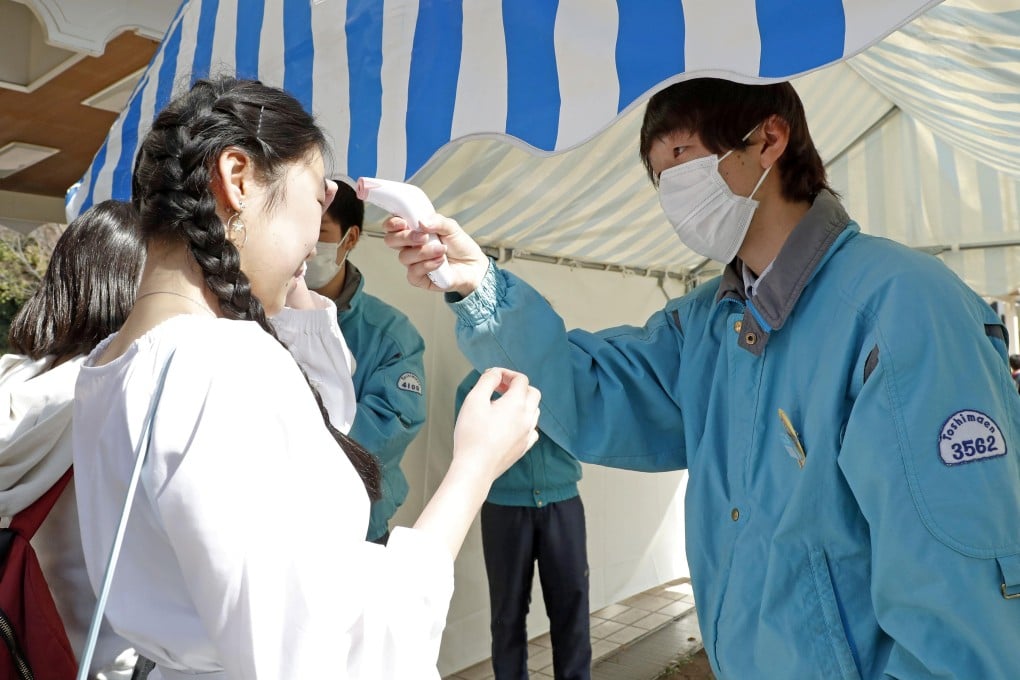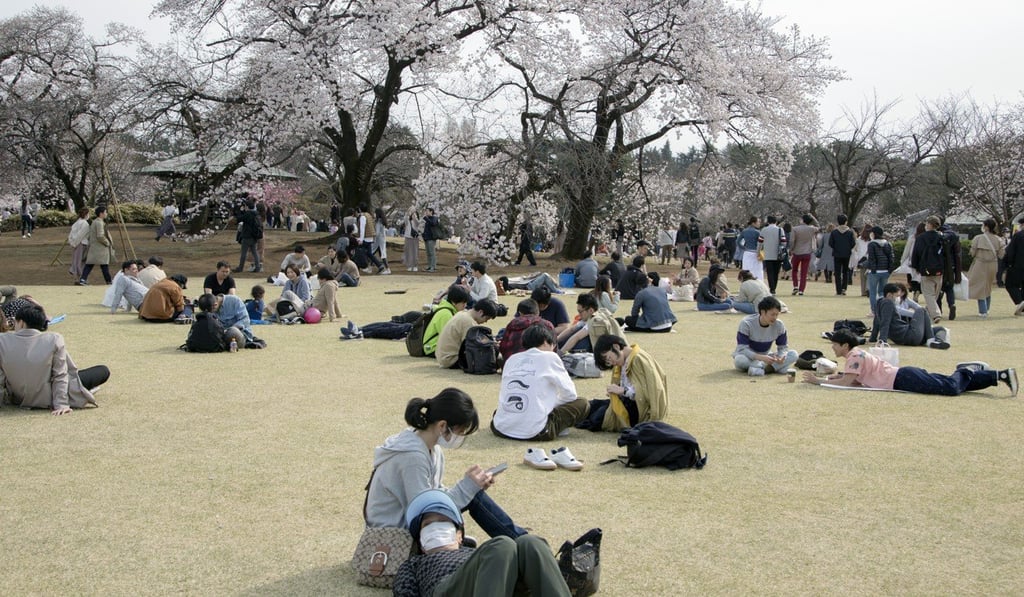Advertisement
Avoid crowds, wear a mask and isolate: how Japan’s coronavirus response echoes Spanish flu guidelines
- The Spanish flu in 1918 decimated Japan, causing an estimated 2 million deaths
- At the time, face masks ran out, schools were closed and political rallies, plays and even sumo tournaments were called off
Reading Time:3 minutes
Why you can trust SCMP
0

As Japan deals with a coronavirus outbreak and uncertainty over whether it will be able to host this summer’s Tokyo 2020 Olympic Games, interesting parallels are being made with a previous deadly pandemic: the 1918 Spanish flu.
In much the same way as they did a little over a century ago, many Japanese people are wondering when the pandemic will have run its course and when their lives might return to normality.
It is believed that the Spanish flu was brought into Japan in the spring of 1918, when three sumo wrestlers returned to Tokyo from Taiwan, which was a Japanese colony at the time. A second outbreak was reported that May, with a sailor on a warship anchored at the naval base in Yokosuka diagnosed with what was initially called the “epidemic cold”.

By the autumn, the scale of the crisis had become clearer, with the headline in the October 26, 1918, edition of The Japan Times & Mail proclaiming: “Thousands dying from influenza throughout the world.”
“There is hardly a school in Tokyo but from which dozens or scores of students and teachers are absent and it is spreading to offices and factories,” the report stated. “The disease has become known as the ‘Spanish influenza’.”
Advertisement
Select Voice
Choose your listening speed
Get through articles 2-3x faster
1.1x
220 WPM
Slow
Normal
Fast
1.1x